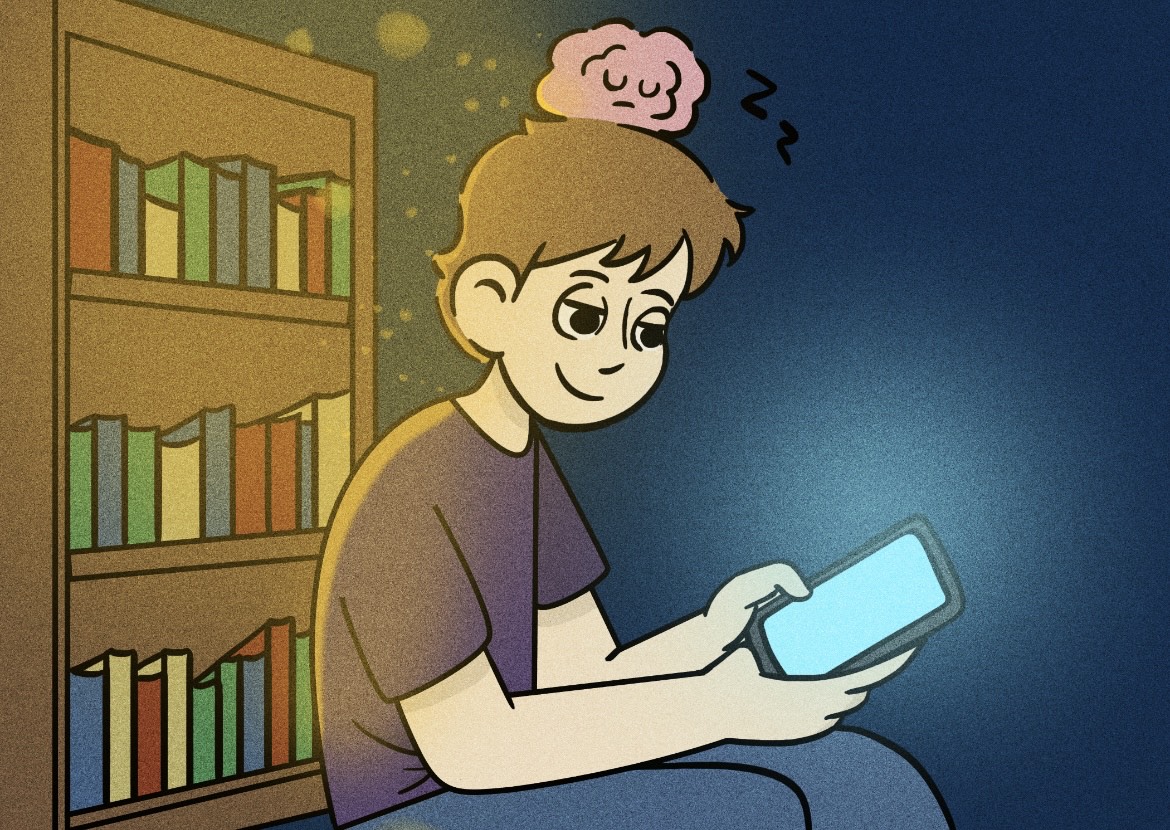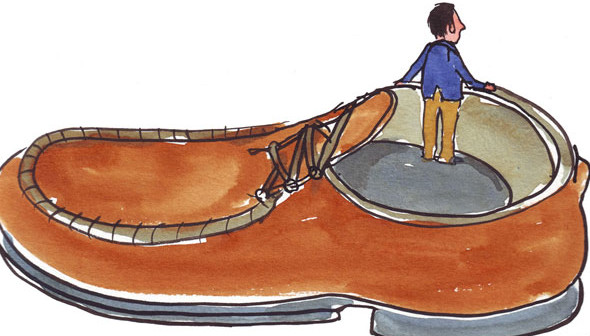Six, seven—you laughed, didn’t you? Labubu, Dubai chocolate, moonbeam ice cream—all references to viral trends. AI characters, random audios, niche media references, TikTok comments, YouTube shorts, recurring memes—have you seen “that one video”? You probably have. From toddlers to young adults, Gen Alpha and Gen Z spend way too much time on the internet rotting their brains.
Many of you have probably heard the term “chronically online.” It can be used to describe people who spend an unhealthy amount of time on the internet, to the point that it negatively impacts their behavior and intelligence.
People everywhere connect through memes and viral videos, but unfortunately, this has led to the popularity of something many call “brainrot.” Brainrot videos have no meaning at all; they are simply mindless entertainment, and you don’t gain anything from it.
Before the widespread use of technology, people used to entertain themselves by reading, drawing, playing music, playing sports. While some still engage in these activities, it seems as though people in the past were more sociable and passionate about achievements and long-term goals. To add onto that, people would more often have meaningful conversations with others rather than being glued to their phones 24/7. The overuse of technology is degrading human connection at a fast pace.
Gen Alpha, which includes children born from 2013 to now, is suffering the most from brainrot. The fact that children are being raised with such access to technology is extremely dangerous. About 64% of children from ages 8 to 10 watch YouTube and TikTok everyday, and these short attention-draining videos fill children’s minds with nonsense instead of teaching them how to connect to their peers or the fundamentals of learning.
Our minds are getting lazier and lazier due to a lack of challenge. In fact, our attention spans worsen from constantly watching short videos, making it harder to focus and deal with boredom.
Being online also influences our opinions and ability to think for ourselves, as people tend to follow content creators and side with their beliefs instead of doing research to come up with their own opinion.
I asked a fellow classmate, Jamie Gonzalez, on why they believe that social media is rotting the brains of the youth. Gonzalez explained, “People are more focused on trends than actually looking into things deeply, and the stuff that we should care about is getting overshadowed by shallow celebrity drama or some funny video that's going around.”
Additionally, with the widespread use of artificial intelligence, people on the internet are often deceived by AI-generated videos and false information without fact-checking. An example of this is the “AI homeless prank” that has become a viral trend across social media platforms. It consists of people taking a photo, and using AI so it appears that a homeless person has broken into their home; then, they send it to a family member or friends to prank them. This trend shows how social media glamorizes the use of AI and how scarily advanced this technology has become, and in turn, sparking more concerns among the public.
What individuals and society would benefit from is putting social media on pause. Go outside, read a book, or converse with someone in person. Practice basic life skills without looking at a screen. We don’t need social media to live, so stop treating it as a lifeline.









